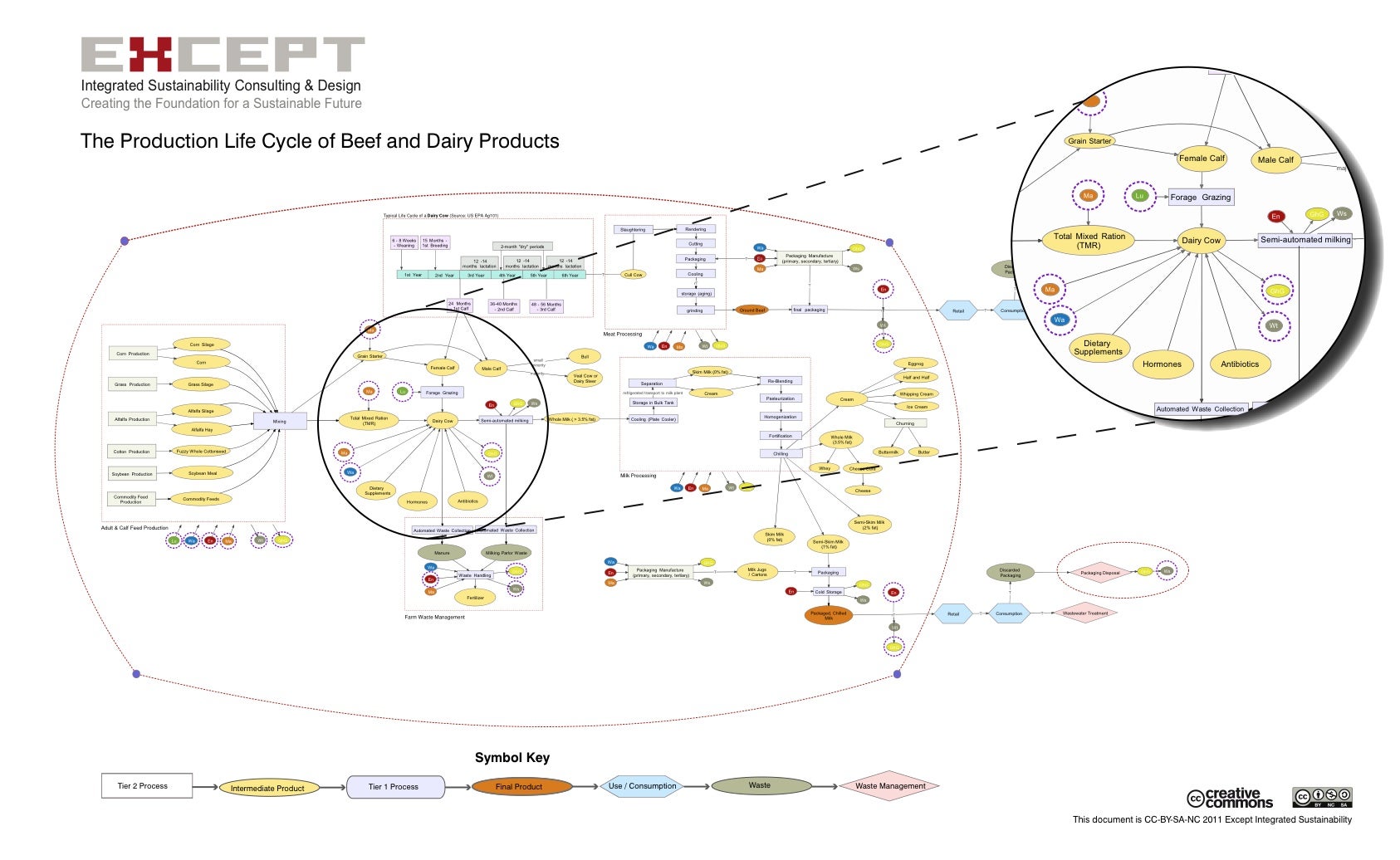

Modern atmospheric measurements from Mauna Loa are superimposed in gray. CO 2 variations during the past 1,000 years, obtained from analysis of air trapped in an ice core extracted from Antarctica (red squares), show a sharp rise in atmospheric CO 2 starting in the late 19th century. Learn about the sources of human emitted greenhouse gases.įigure b3. See page B3 to learn about the sources of human emitted greenhouse gases. Increases in all three gases contribute to warming of Earth, with the increase in CO 2 playing the largest role.

More than half of the increase in CO 2 has occurred since 1970. Since preindustrial times, the atmospheric concentration of CO 2 has increased by over 40%, methane has increased by more than 150%, and nitrous oxide has increased by roughly 20%. The same rates of increase have since been recorded at numerous other stations worldwide.
#VISUAL UNDERSTANDING ENVIRONMENT VIDEO FULL#
In the case of carbon dioxide, the average concentration measured at the Mauna Loa Observatory in Hawaii has risen from 316 parts per million (ppm) in 1959 (the first full year of data available) to more than 411 ppm in 2019. The atmospheric concentrations of carbon dioxide, methane, and nitrous oxide have increased significantly since the Industrial Revolution began. The small up-and-down saw-tooth pattern reflects seasonal changes in the release and uptake of CO 2 by plants.Source: Scripps CO2 Program ( larger version) Human activities have added greenhouse gases to the atmosphere The measurements are made at remote places like these because they are not greatly influenced by local processes, so therefore they are representative of the background atmosphere. Measurements of atmospheric CO 2 since 1958 from the Mauna Loa Observatory in Hawaii (black) and from the South Pole (red) show a steady annual increase in atmospheric CO 2 concentration. Scientists have determined that, when all human and natural factors are considered, Earth’s climate balance has been altered towards warming, with the biggest contributor being increases in CO 2.įigure b2. Humans also affect climate by changing the nature of the land surfaces (for example by clearing forests for farming) and through the emission of pollutants that affect the amount and type of particles in the atmosphere. Greenhouse gases emitted by human activities alter Earth’s energy balance and thus its climate. When the energy leaving is less than the energy entering, Earth warms until a new balance is established. Adding more greenhouse gases to the atmosphere makes it even more effective at preventing heat from escaping into space. Without this greenhouse effect, life as we know it could not have evolved on our planet. Greenhouse gases in the atmosphere, including water vapour, carbon dioxide, methane, and nitrous oxide, act to make the surface much warmer than this because they absorb and emit heat energy in all directions (including downwards), keeping Earth’s surface and lower atmosphere warm. If all heat energy emitted from the surface passed through the atmosphere directly into space, Earth’s average surface temperature would be tens of degrees colder than today. For example, small changes in the output of energy from the Sun will affect this balance directly. Any disturbance to this balance of incoming and outgoing energy will affect the climate. The atmosphere in turn absorbs and re-radiates heat, some of which escapes to space. Much of this absorbed solar energy is re-emitted as heat (longwave or infrared radiation). Some of the incoming sunlight is reflected directly back into space, especially by bright surfaces such as ice and clouds, and the rest is absorbed by the surface and the atmosphere. The Sun serves as the primary energy source for Earth’s climate. ( larger version) Greenhouse gases affect Earth’s energy balance and climate Adding more greenhouse gases to the atmosphere enhances the effect, making Earth’s surface and lower atmosphere even warmer. Greenhouse gases in the atmosphere, including water vapour, carbon dioxide, methane, and nitrous oxide, absorb heat energy and emit it in all directions (including downwards), keeping Earth’s surface and lower atmosphere warm.


 0 kommentar(er)
0 kommentar(er)
